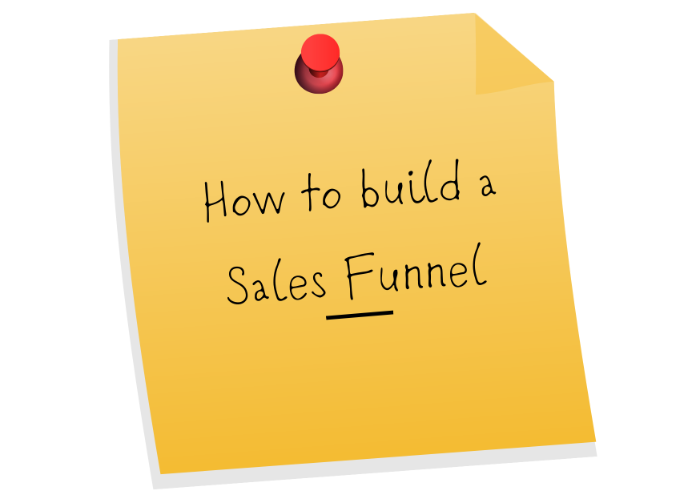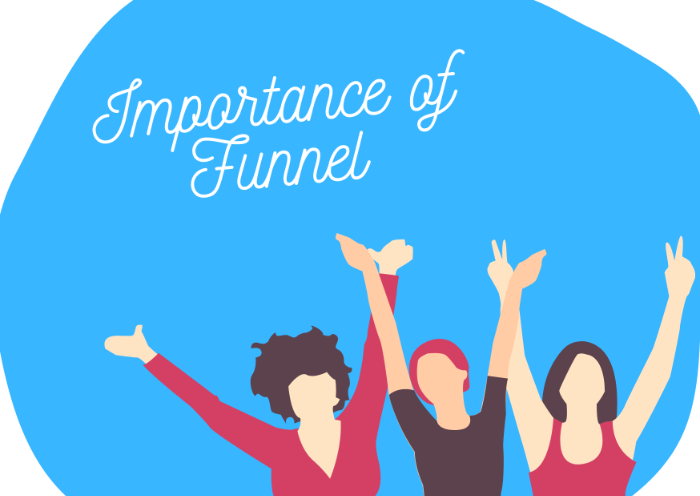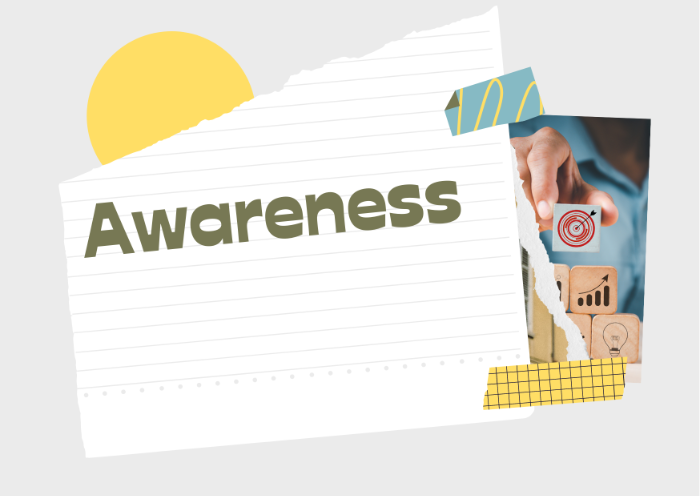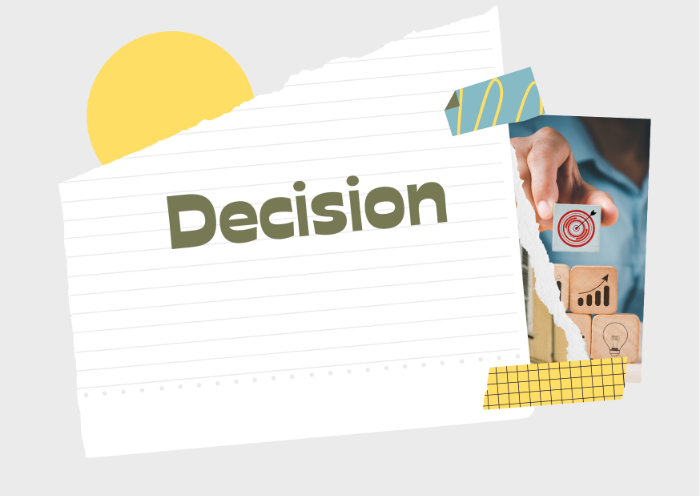
Selling is a process that requires utmost attention and effort by the sellers, they utilize their skills to tackle problems and solve them. Marketing departments initiate the task by identifying people that might have an interest in the product or service and could be potential clients. People who have characteristics of potential clients are called prospects. Prospects are moved forward to the sales department where the real work is being done. They are taken through a long process to be nurtured and converted into clients. Businesses use different techniques to nurture clients based on their status and type.
Selling products in past wasn’t that difficult, people would go out sit in shops or sell things to other countries or cities. The modern world has changed, people no longer look for sellers or wait for them. Buyers have a lot of options that they could choose from. Competition in the market has increased brands are introduced that have started a race. Businesses have a whole department dedicated to sales of products, their jobs are to find audiences and sell. Sellers in companies take a proper procedure that requires each step planned and executed perfectly to have an effective campaign. The sales funnel takes people from being prospects to clients, in this article you will learn more about it.
Sales Funnel
Funnel describes the journey of a person from being a prospect to a client. There are different steps a consumer takes to reach the final where both parties close the deal. All steps taken from the initial interaction to the end are collectively called a sales funnel. The funnels could be used to monitor the progress of prospects through the steps. Funnels have three parts: top, middle, and bottom. All parts are used to determine the progress of the consumer and the performance of the company’s representatives.
The top part or the first part is the initial stage, where marketers attract the people in the market. Marketing departments utilize different strategies to contact clients. Advertisement departments use different sources like referrals, email marketing, advertising, direct marketing, or social media to create brand awareness. The middle of the second part is the nurturing part where all persuasion happens. Sales departments use several strategies and devise a cadence to nurture prospects. A long process of emails and cold calling which lasts from 2 to 4 weeks is taken to persuade clients. The middle part ends before both parties close the deals. The bottom or last part is where the real stuff happens. Consumers and sellers seal the deal. Buyer pay for the product or service they are purchasing and the seller provide the product and service. Three parts of the sales funnel play an important role in identifying the journey of the consumer. Managers could understand the level of trust and relationship the company has with a person.
Importance of Funnel

The sales funnel plays an essential role in the company’s trade efforts. Thousands of people interact with the company and become part of the revenue funnel. They start with initial interaction and few reach the bottom. Each part of the funnel is further divided to deeply monitor the buyer's journey. The initial stage is where purchasers are attracted, its further divided into several parts. The initial contact is different for different clients. Some clients show interest on their own others require effort. The first stage could help understand flaws in marketing efforts. If consumers don’t stay connected then companies require a change in marketing strategies.
The most important stage in the funnel is the middle where all nurturing process takes place. The middle part consists of sales cadence which is an essential part of selling. Brands utilize different strategies with clients to understand the best among them. Companies use the funnel to understand results. The minor parts of the funnels are studied and companies examine where the clients leave and where improvements are required. Cadence performance could be understood by the funnel activity. So, the revenue funnel can be utilized to understand the effectiveness of marketing strategies. Companies learn their flaws through them and improve by investing in the right places.
Sales Funnel Stages
It is divided into four stages; each stage has its own importance in the selling process and defines the level of interaction and consumer state. The stages show how consumer first becomes aware of the company’s product and interact, till the final stage where the decision is taken is the deal is closed. The stages define the consumer's point of view and thinking at each step. Sellers' approach strategies change at each stage and the consumer is evaluated at the end of each stage. Following are the four stages of the sales funnel.

Awareness
The initial or first stage is awareness and describes the process that goes on in it. The marketing department plays its part in creating brand awareness. Marketer starts the initial stage by creating brand awareness that works as the base for sales. Awareness is created through social media advertisements and a direct approach. Customers are educated about companies and the product at hand. Sellers try to communicate enough information to create a positive image of the product. The consumer becomes aware of the product or service at this stage and becomes curious if the advertisement hits the spot. Consumer to learn more provides personal information and becomes a lead. Often old loyal customers inform others regarding the brand, referring to increasing trust, and the consumer often buys before any efforts by sellers.
Interest
At this stage of the sales funnel the consumer has already been introduced to the product and requires more information. Some consumers leave before this stage, and sellers learn from this and correct the flaws. Buyers desire to learn at this stage and they are curious to learn more product information. Brands must provide adequate information based on the interest shown by the prospect. Create a relationship with the buyer and provide information that doesn’t push off the consumer. Take a medium approach towards the seller and learn what they want. Sellers are curious and if provided solutions to their problems they are ready to move to the next stage. Sellers do most work at this stage providing content and data to purchasers.

Decision
After nurturing the clients take the next step, however, few leave in the second stage which help businesses understand their shortcoming. At this stage of the sales funnel the consumer is ready to purchase the commodity but requires a few considerations before making the move. Consumers look for betters offers and compare prices with the competition. Quality and packaging are also compared before finalizing the decision. Sellers, at this point, come forward with their best offer. Provide offers customers cannot resist. Free shipping or discount coupons are some offers that influence clients’ decisions. Providing them rewards for being loyal customers, direct or an offer for all could solve problems at this stage. Some motivation through content and email motivate the client to purchase.
Actions
At this stage of the sales funnel, trade is confirmed. However, some consumers even leave before the final stage, pointing to the flaws in the system. Prospects finally become clients at this stage of a revenue funnel. Consumer exchanges the good for a price and pays the money to the seller. The process completes but doesn’t end with a sale. Companies want regular customers, so a new process starts that ensures the client isn’t going anywhere. Companies end the sale by sending a thank you email and encouraging feedback. Constructive criticism helps with improvement. The main takeaway is that the sales process never ends, the companies keep the relationship by approaching the consumer from time to time with the hope of successful trade.
Creating Sales Funnel
Effective revenue funnels are the difference between a successful growing business and a business. The revenue funnel helps you smoothly move prospects from one stage to another and provide satisfactory service. Keeping track also helps understand the weaknesses so departments could work on them. The decision makes could examine the performance of reps and examine customers' responses and develop the system. An overall revenue funnel is essential and there are several ways to create one. Following are steps to create an effective revenue funnel:

Don't know how to increase sales?
No problem, just know people.
Create Advertisement
Create an advertisement for brand awareness, people don’t know about your product. Companies need to place ads to create a demand for their product. Introduce product through nice ads, content must be creative and attractive. Utilize social media ads and add landing page links to push them down the funnel. Sales require building relationships with prospects.
Making Landing Pages
Through ads, customers become aware of the brand, and landing pages give them the required information about the products. Create landing pages that have adequate information for buyers. Landing pages must have all information regarding the company and the product being offered. People clicking the link from the ad want information and if they can't find enough information the selling process can be disturbed. So, provide all information in attractive and creative ways.
Exchange Offer
The first job of a landing page is to provide information and secondly collect information. However, prospects aren’t going to provide personal information like that. Therefore organizations make offers called lead magnets for their information. Free trials, discount coupons, e-books, DIYs, or whitepapers could be offers utilized for getting information out. Buyer values their information and there should be an offer that equals the value of information. Lead magnets should be valuable enough so prospects could move to the next stage of the sales process.
Nurturing Process
Once the information is collected and the prospect fits the customer profile, start nurturing the client. Create personalized emails and use phone calls to persuade clients. This is where most efforts work in the sales funnel, utilizing clever content to teach consumers about the product. Provide their solution to their problems through the company’s products. An organization's chances of selling are as good as its nurturing process. Use video content along with articles and case studies to educate clients. DIY with product regards could help up the ante.
Sealing the Deal
Closing the deal isn’t an easy method, one requires much attention at this point too. A small slip and the deal can go out of hand. Client after nurturing process takes the purchasing decision however they look for a better offer at this stage. Clients compare product prices, qualities and even packaging with the competition. Provide offers that could influence their decisions. Discounts are the best businesses could do to close the deal. Provide free shipping if possible or promise rewards to close the deal with the buyer and finalize the sales process.
Continues Selling
Once the prospect has become a client, start the process all over again. Keep them close and keep the relationship alive. Some people do not purchase the product at the last stage of the sales funnel but there is still hope. Keep contacting them but increase the duration between the emails. Regular clients should also be contacted once in a while appreciating their efforts and loyalty. Such actions can improve their motivation which could result in referrals.
Experimentation and Optimization
Though the sales are continuing there is still a need to improve the process. Keep improving the process for steady growth. Companies often stop working on their selling techniques which in the current scenario quickly become obsolete. Learn new methods and optimize your revenue funnel to improve performance. Use online modern software to automate processes.
Conclusion
This article provides all the information required to create a sales funnel. It is a method to track prospects' journeys through the selling process. Companies use them to learn about their weaknesses and strengths. It is essential to have a revenue funnel that gives results. The article provides you all the required information about the funnels and the method to create them. Grow sales by creating effective funnels.
Effective revenue funnels are the difference between a successful growing business and a business. The revenue funnel helps you smoothly move prospects from one stage to another and provide satisfactory service. Keeping track also helps understand the weaknesses so departments could work on them. The decision makes could examine the performance of reps and examine customers' responses and develop the system. An overall revenue funnel is essential and there are several ways to create one. Following are steps to create an effective revenue funnel.



































































